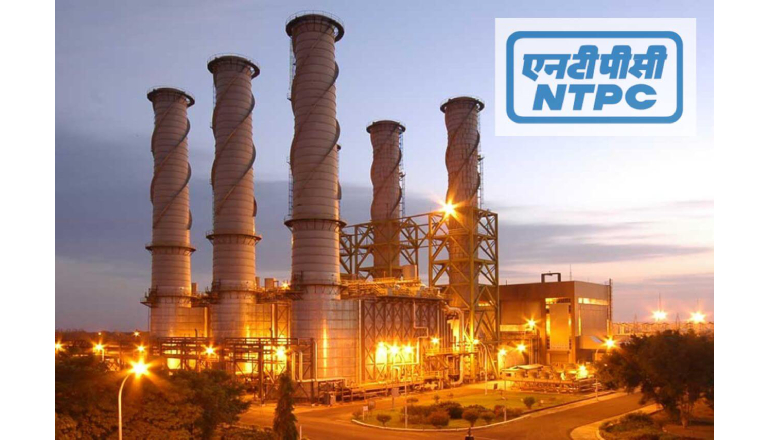Suzlon Group secured India’s largest wind energy order for a 1,166 MW project in Gujarat, in a deal with NTPC Green Energy Limited. The project is set to power three million households upon completion.
Project details:
Suzlon will install wind turbine generators (WTGs) of S144 equipped with a Hybrid Lattice Tubular (HLT) tower as part of the agreement.
The project entails setting up 370 wind turbine generators (WTGs) at three locations in Gujarat, each with a rated capacity of 3.15 MW.
Two projects are run by NTPC Renewable Energy, and the third is a joint venture between NTPC Green Energy and Indian Oil.
“This project will emerge as the largest wind energy initiative by a PSU in Gujarat, cementing the state’s leadership in renewable energy,” said Girish Tanti, Vice Chairman, Suzlon Group.
NTPC’s net-zero push:
NTPC Limited and CII-IGBC have signed a memorandum of understanding to collaborate on setting net-zero standards for industrial townships and office buildings in India.
The two organizations will collaborate to develop certification programs, standards, and policies. The project intends to increase stakeholder capacity while converting office buildings and industrial townships into sustainable, energy-efficient spaces.
NTPC is pursuing net-zero energy and water certifications for various locations, demonstrating its commitment to sustainability and climate change mitigation.
The agreement was signed by Dr. Vijay Prakash, Executive Director, SSEA and Environment Engineering at NTPC, and K S Venkatagiri, Executive Director, CII, in the presence of NTPC Director of Operations, Ravindra Kumar.
Backdrop:
It must be noted that NTPC, in collaboration with NITI Aayog, signed a 2022 Statement of Intent to establish a plan for achieving net-zero GHG emissions in line with the Indian government’s Panchamrit objectives.

